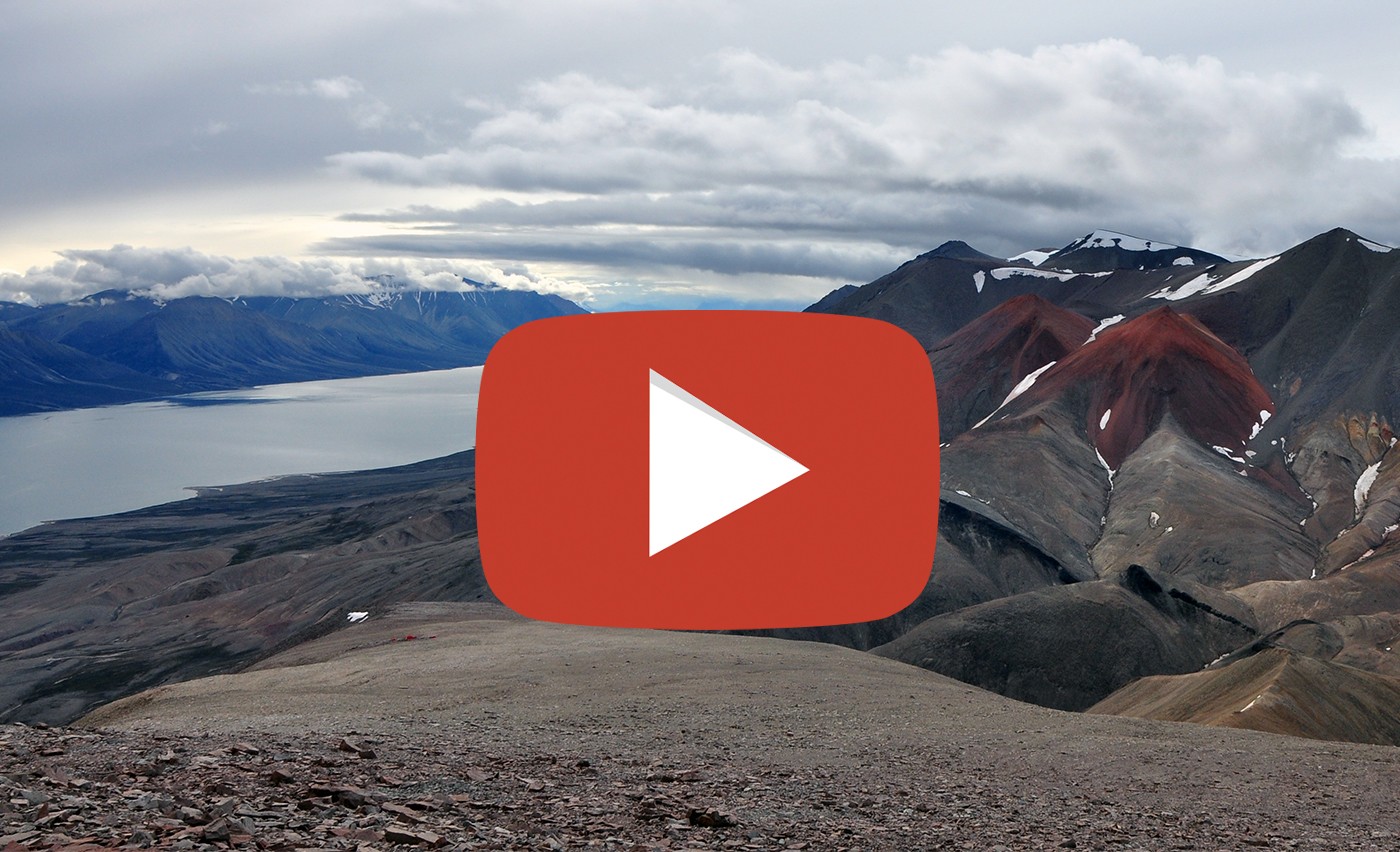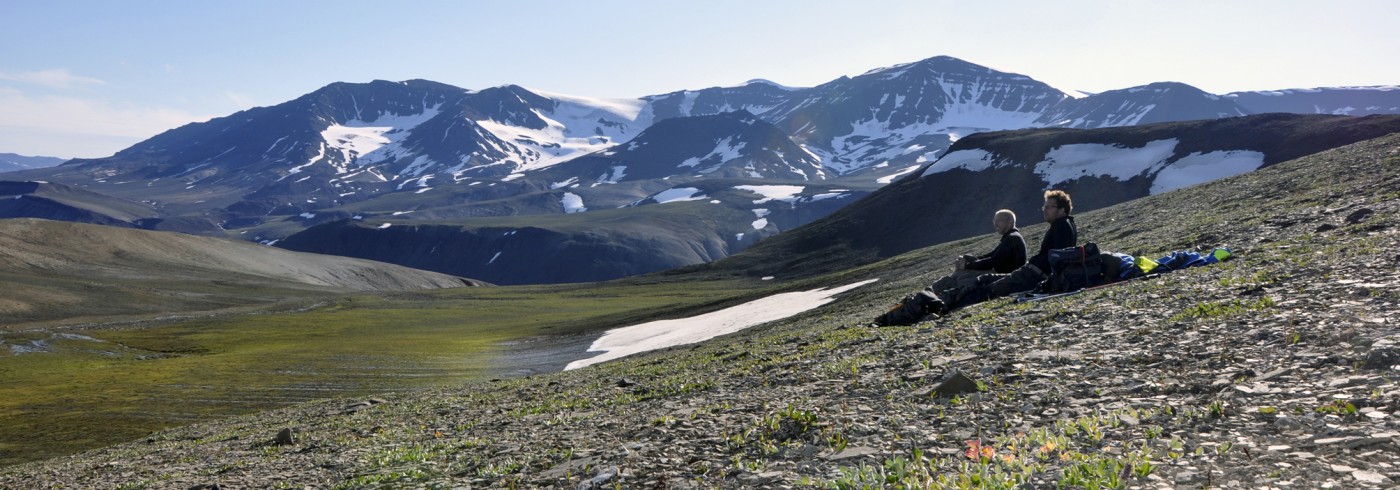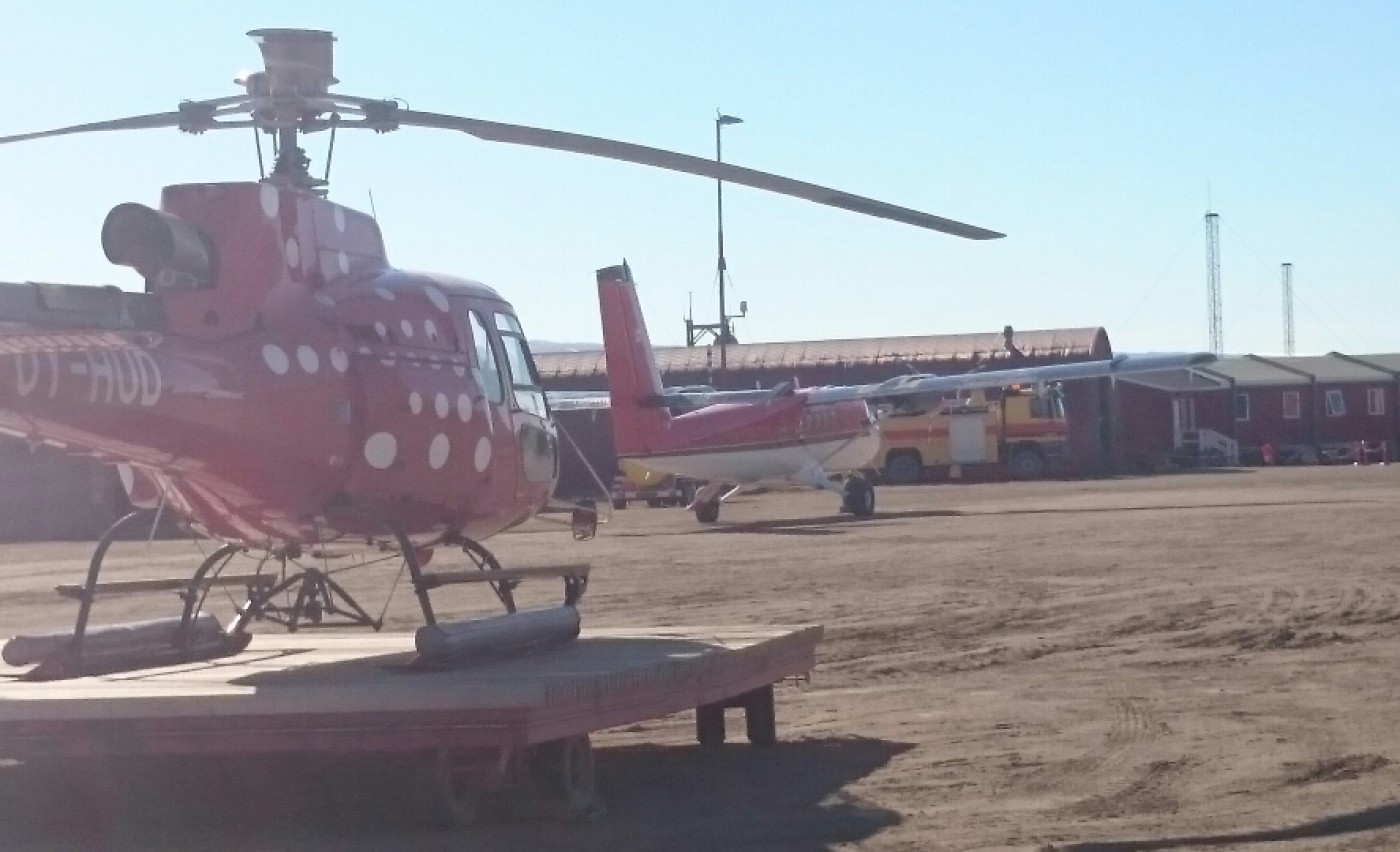The first of these adaptive radiations ocurred 370 million years ago, when the earliest tetrapods modified their fins into legs and emerged onto dry land. By 250 million years ago this process had reversed, and the tetrapod walking limb was once again remodeled into a fin for a return to life in the sea. But what was it that drove vertebrates to leave the water 370 million years ago? And why did some reptiles return to the water 150 million years later?
On the hunt for 370 million year old fossil
29 September 2016





